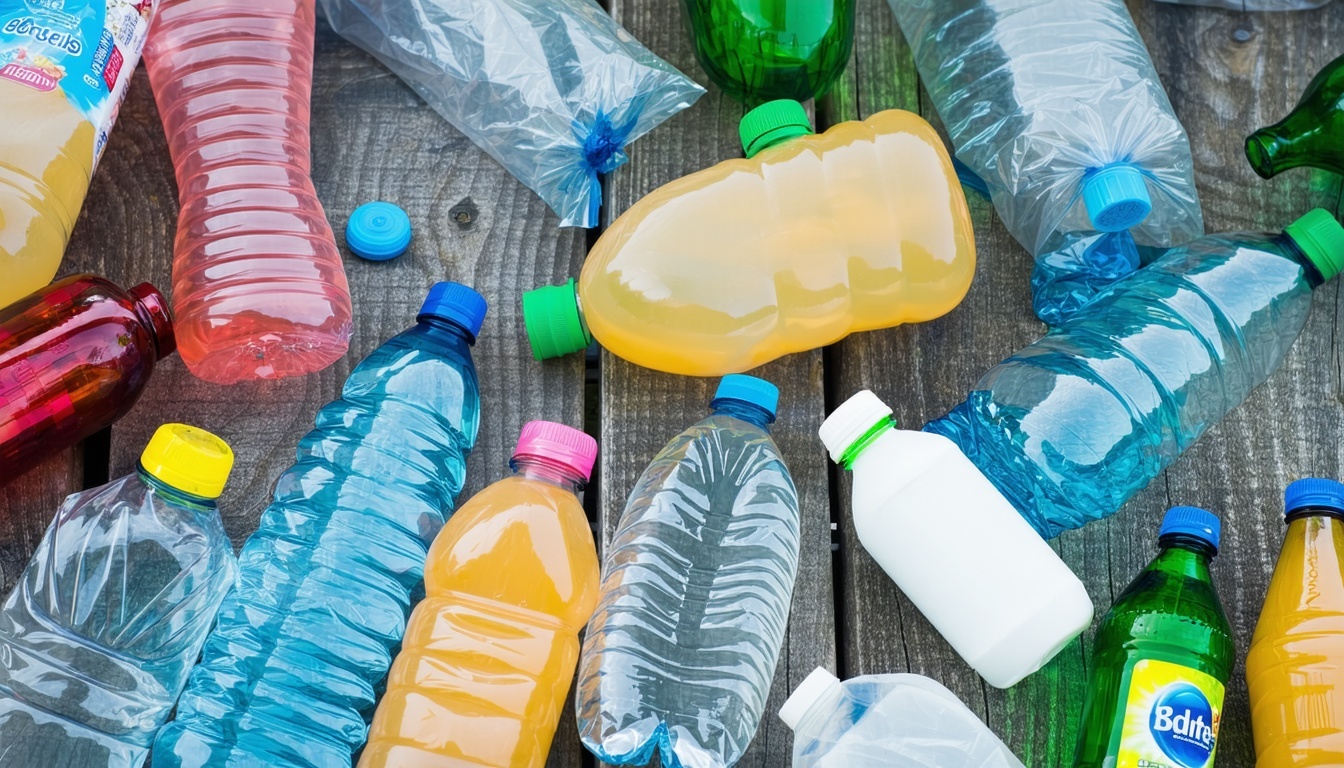Understanding Plastic Food Packaging and Its Impact

Plastic food packaging is ubiquitous in our daily lives, but what are its real impacts on our health, environment, and future?
Prevalence of Plastic in Today's Food Packaging
Plastic has become the dominant material in food packaging due to its versatility, durability, and cost-effectiveness. From single-use containers to shrink wraps and bottles, plastic is utilized extensively to keep food fresh and safe.
Estimates suggest that a significant majority of food packaging—around 40%—is made from plastic. This prevalence is driven by the material's ability to be molded into various forms and its effectiveness in preserving food quality and extending shelf life.
The Environmental Footprint of Plastic Packaging
The widespread use of plastic food packaging has a substantial environmental impact. Plastic pollution is a growing concern as millions of tons of plastic waste end up in landfills and oceans each year, taking hundreds of years to decompose.
The production of plastic packaging also contributes to greenhouse gas emissions and depletes non-renewable resources. Efforts to recycle plastic are often insufficient, with only a small percentage of plastic packaging being effectively recycled. This results in a persistent environmental challenge that requires urgent attention.
Health Impacts of Plastic Food Packaging
The use of plastic in food packaging raises several health concerns. Chemicals used in plastic production, such as Bisphenol A (BPA) and phthalates, can leach into food and beverages, posing potential health risks.
Studies have linked exposure to these chemicals to various health issues, including hormonal disruptions, reproductive problems, and increased risk of certain cancers. Consumers are becoming more aware of these risks, driving demand for safer packaging alternatives.
Innovative Alternatives to Plastic Packaging
In response to the environmental and health challenges posed by plastic packaging, innovators are developing alternative materials. Biodegradable and compostable packaging made from plant-based materials, such as cornstarch and sugarcane, offers a more sustainable option.
Edible packaging, made from natural ingredients like seaweed, is also gaining traction as a zero-waste solution. These alternatives aim to reduce the reliance on plastic and minimize the environmental footprint of food packaging.
What Can Consumers Do to Make a Difference?
Consumers play a crucial role in reducing plastic waste. Opting for products with minimal or eco-friendly packaging, using reusable containers, and supporting brands that prioritize sustainability can make a significant impact.
Educating oneself about the environmental and health implications of plastic packaging and advocating for stronger regulations and better recycling practices are also essential steps. By making conscious choices, consumers can drive demand for more sustainable packaging solutions and contribute to a healthier planet.